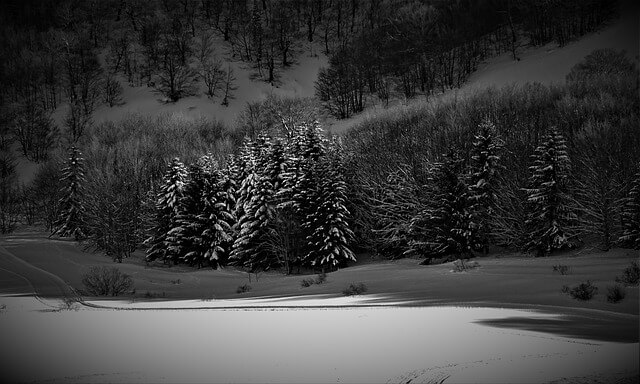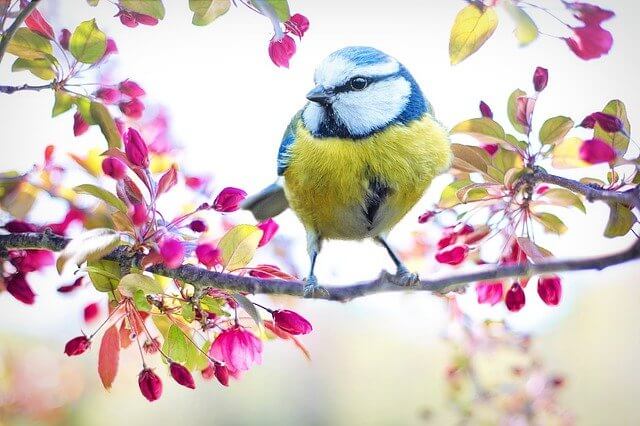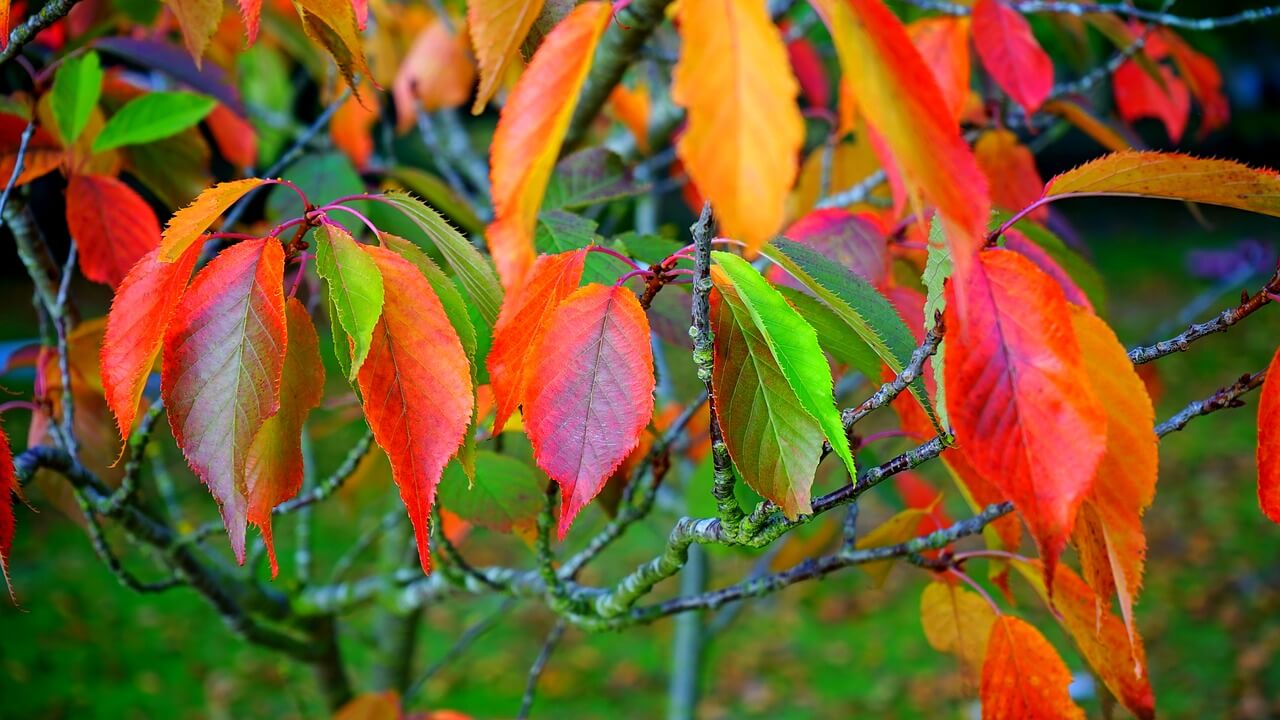What are the seasons of the year? When do the seasons begin and end? Information about winter, spring, summer and autumn.
There are four seasons of the year: spring, summer, autumn (also known as fall), and winter.
Spring occurs in the months of March, April, and May in the northern hemisphere and in the months of September, October, and November in the southern hemisphere. During spring, temperatures begin to rise, flowers and trees start to bloom, and animals emerge from hibernation.
Summer occurs in the months of June, July, and August in the northern hemisphere and in the months of December, January, and February in the southern hemisphere. It is the hottest season of the year, with longer days and shorter nights. People often enjoy outdoor activities such as swimming, camping, and barbecuing during the summer.
Autumn, or fall, occurs in the months of September, October, and November in the northern hemisphere and in the months of March, April, and May in the southern hemisphere. During this season, temperatures begin to cool, leaves on trees change color and fall, and many animals prepare for hibernation.
Winter occurs in the months of December, January, and February in the northern hemisphere and in the months of June, July, and August in the southern hemisphere. It is the coldest season of the year, with shorter days and longer nights. Winter often brings snow and ice, and people may enjoy winter sports such as skiing and snowboarding.
WINTER

Source : pixabay.com
Winter is one of the four seasons of the year, typically occurring in the months of December, January, and February in the northern hemisphere, and in the months of June, July, and August in the southern hemisphere. It is characterized by colder temperatures, shorter days, and longer nights. In many regions, winter brings snow, ice, and freezing temperatures, and it can be a difficult season for people who live in areas with severe winter weather. However, winter can also be a time of beauty, with snow-covered landscapes and the opportunity to enjoy winter sports such as skiing and ice skating. In some cultures, winter is associated with holidays and festivals, such as Christmas and Hanukkah.
SPRING

Source : pixabay.com
Spring is one of the four seasons of the year, typically occurring in the months of March, April, and May in the northern hemisphere, and in the months of September, October, and November in the southern hemisphere. It is characterized by the gradual warming of temperatures after the cold of winter, the emergence of new plant life, and the return of many animal species from hibernation. In many regions, spring is associated with a burst of color as flowers bloom and trees begin to grow new leaves. It is often considered a season of renewal, growth, and rejuvenation.
SUMMER;

Source : pixabay.com
Summer is one of the four seasons of the year, typically occurring in the months of June, July, and August in the northern hemisphere, and in the months of December, January, and February in the southern hemisphere. It is characterized by longer days and shorter nights, with temperatures generally warmer than during the other seasons. Many people associate summer with vacation, leisure time, and outdoor activities such as swimming, camping, and barbecuing. In many parts of the world, summer is a time when crops ripen and are harvested, and it is often associated with abundance and plenty.
AUTUMN (FALL)

Source : pixabay.com
Fall, also known as autumn, is one of the four seasons of the year, typically occurring in the months of September, October, and November in the northern hemisphere, and in the months of March, April, and May in the southern hemisphere. It is characterized by cooler temperatures, shorter days, and the changing colors of leaves on trees as they prepare to fall to the ground. Many people associate fall with the harvest season, when crops such as apples, pumpkins, and grapes are gathered. In some cultures, fall is associated with festivals and holidays, such as Halloween and Thanksgiving. It is a transitional season between summer and winter and can be a time of reflection and preparation for the colder months ahead.
Pulsar